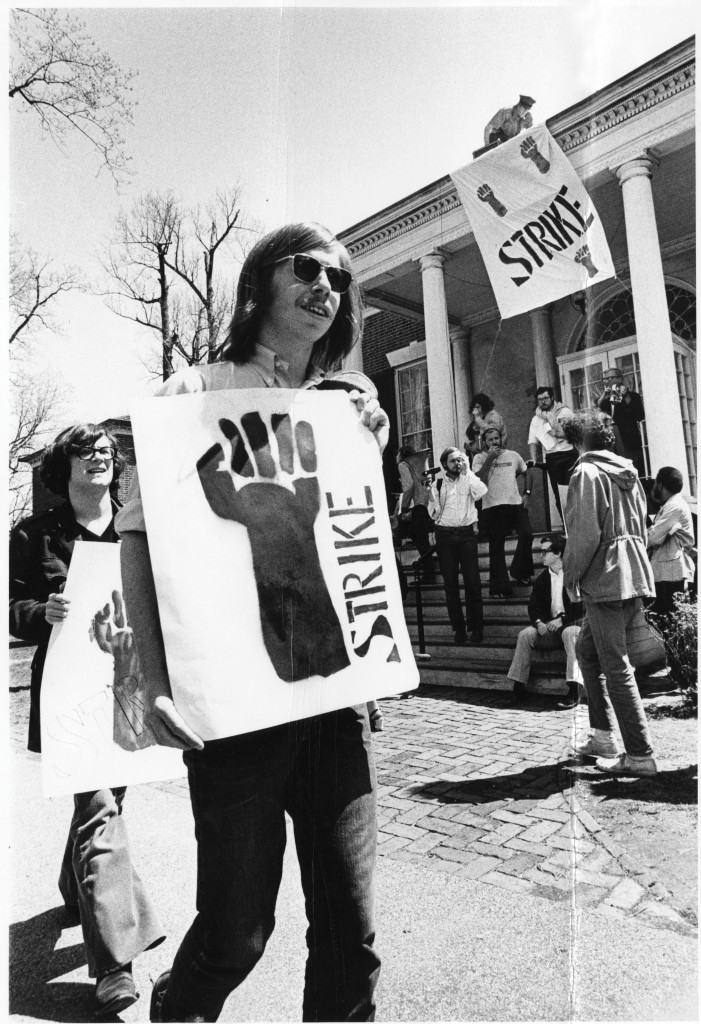REWIND
 The late 1960s brought turmoil on campus and off. Soon after Charles Goldstein, MSE ’68, arrived at Johns Hopkins in the mid-1960s to pursue his graduate degree, he went apartment hunting. He remembers being surprised to find that housing in Maryland was still segregated. “In the row houses near Hopkins, the landlord could choose whether they wanted to rent to white or black [tenants]. It was shocking,” Goldstein says.
The late 1960s brought turmoil on campus and off. Soon after Charles Goldstein, MSE ’68, arrived at Johns Hopkins in the mid-1960s to pursue his graduate degree, he went apartment hunting. He remembers being surprised to find that housing in Maryland was still segregated. “In the row houses near Hopkins, the landlord could choose whether they wanted to rent to white or black [tenants]. It was shocking,” Goldstein says.
Racial tensions in Baltimore boiled over in April 1968 in the wake of the assassination of Martin Luther King Jr., Goldstein recalls. With rioting in the streets and the National Guard called in to restore order, he and other Johns Hopkins students were instructed to stay home and inside to avoid the violence. “My wife worked in the emergency room at Johns Hopkins Hospital,” he says. “After a few days, we ventured out and I drove her to work, and we observed what was going on. It was terrible.”
Goldstein, who moved on to pursue his PhD at Princeton shortly afterward, says he didn’t experience many anti-war protests on campus during his years at Homewood. “There was a very serious intellectual climate. Engineering wasn’t highly political. As graduate students we were really focused on our research,” he says.
The relative calm ended when, in October 1969, some 3,000 people gathered on the Homewood campus for a rally before marching downtown in support of the Vietnam Moratorium. Though the Student Council issued a request to close the university for the day, President Lincoln Gordon declined, saying “to suspend operation would violate the institutional neutrality of the university on matters of public policy.”
A few months later, over a two-week period in April 1970, Gordon again found himself under fire, this time with Johns Hopkins students protesting American policy in Southeast Asia and the presence of military recruiters on campus. In addition to mounting a vigil in front of Homewood House, students—and some sympathetic faculty—joined in a two-day strike of classes. Gordon agreed to suspend military recruitment until a referendum on the issue could be conducted involving full-time students and faculty.
The results of the referendum, conducted on April 30, were close: 1,183 against recruitment, and 1,121 for reinstatement.




